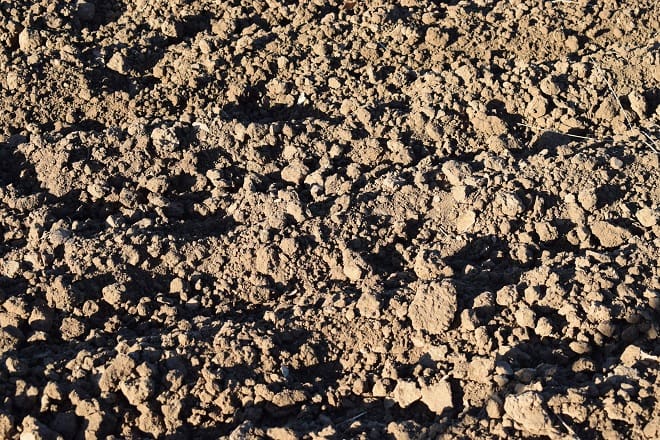SEVERE multi-year drought continues to affect large parts of eastern Australia with warmer than average conditions in May adding to the moisture stress, according to the latest drought statement from the Bureau of Meteorology.
 May rainfall was below to very much below average for most of Western Australia with a large number of weather stations, mostly in the west of the State, observing their driest May on record.
May rainfall was below to very much below average for most of Western Australia with a large number of weather stations, mostly in the west of the State, observing their driest May on record.
Rainfall deficiencies have increased in extent and severity at each of the 5-, 8- and 14-month timescales across the South West Land Division and South East Coastal District in WA.
Rainfall for the month was also below average across parts of the eastern mainland taking in coastal NSW, eastern Queensland as far north as the Central Coast, and parts of central Queensland.
Conversely, the passage of surface pressure troughs and cold fronts throughout the month brought above average May rainfall for some parts of southern South Australia, much of Victoria, and inland southern NSW.
Rainfall for the month was also above average for most of the northern half of the Northern Territory, the far north eastern Kimberley, northern Cape York Peninsula and far south west in Queensland, and an area of Central Australia.
While above average May rainfall has been sufficient to lift large areas of Victoria and southern SA out of serious rainfall deficiency at the 5- and 8-month timescales (rainfall in the lowest 10 per cent of historical totals for similar periods), above average rainfall over a prolonged period is typically required to bring sustained relief from drought.
Drying trend
There has been a significant decline in autumn and winter rainfall observed over south east and south west Australia in recent decades.
The drying trend is particularly strong for May–July over south west WA since 1970, and for April–October over the south east of the continent since 1999.
Many of the areas which are affected by rainfall deficiencies are also affected by these clear declining long-term rainfall trends.
For large areas of both south eastern and south western Australia, rainfall for the past 20 years (June 1999 to May 2019) has been in the lowest 10pc of historical records, and in some areas has been record low.
Winter outlook
The Climate Outlook for winter (June to August) indicates a low chance (less than 35pc) of exceeding median winter rainfall over most of eastern Australia and southern SA, and a strong probability of warmer than average temperatures over nearly all of Australia.
While there is a roughly equal chance of above or below media rainfall for winter overall across south western and southern WA, there is a lower than average chance of exceeding median winter rainfall directly along the coastline in the southwest and south, and for July across South West WA more broadly.
Source: BOM

HAVE YOUR SAY